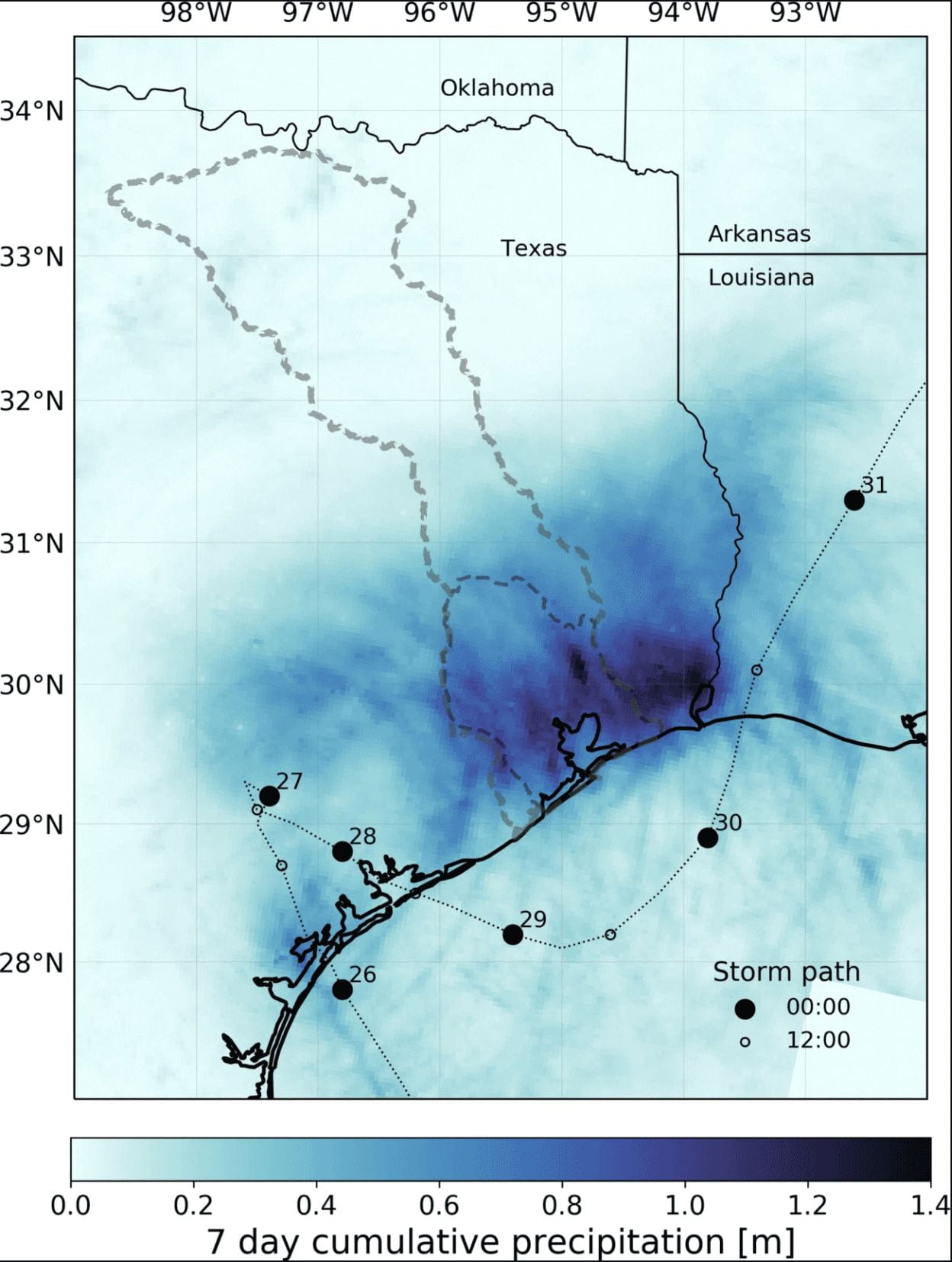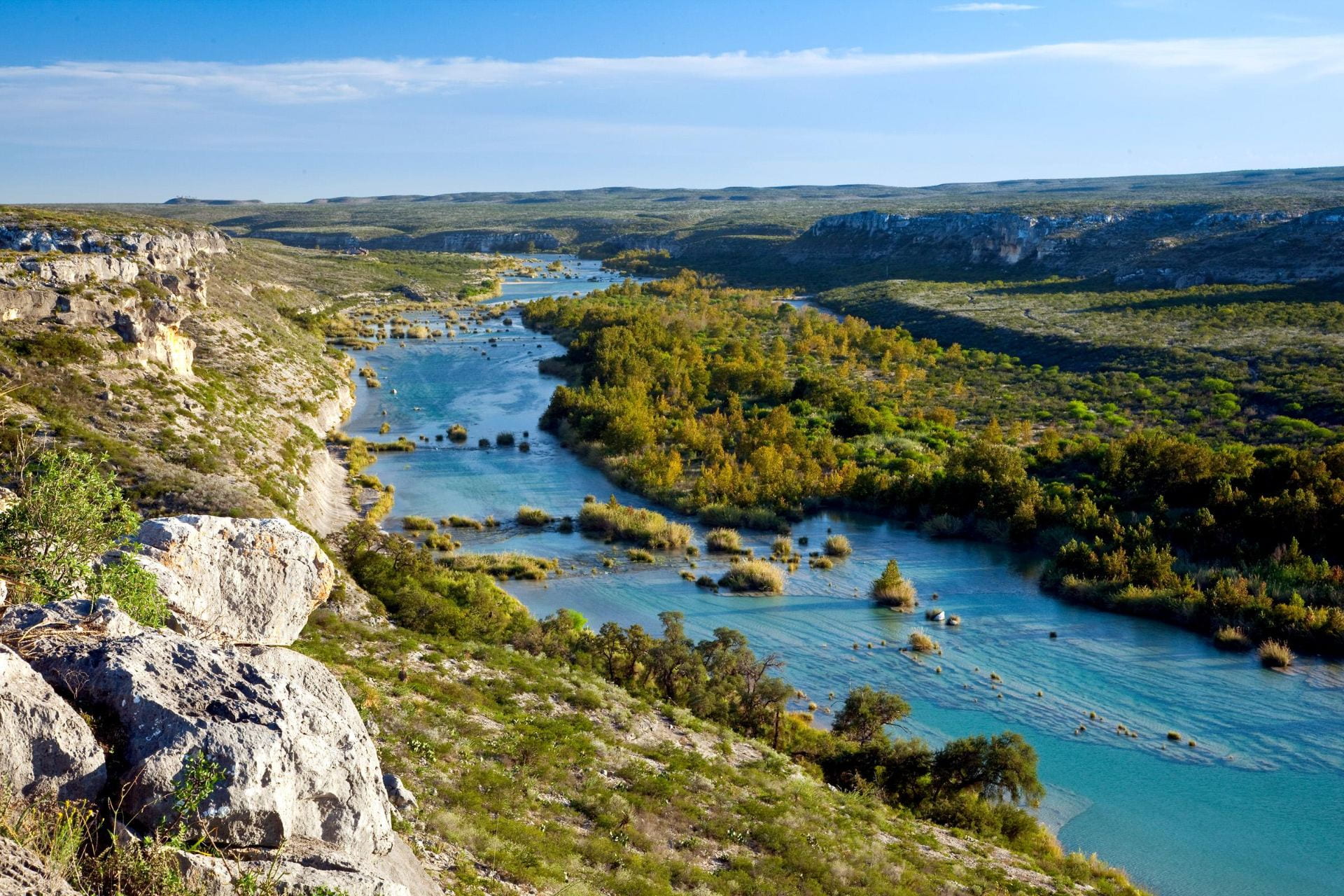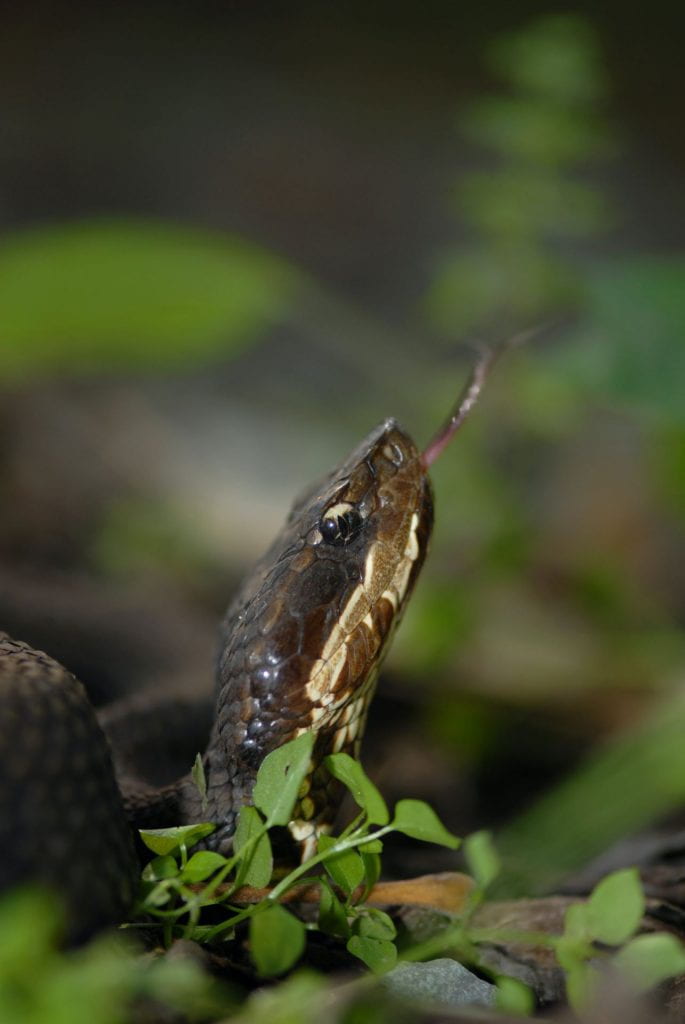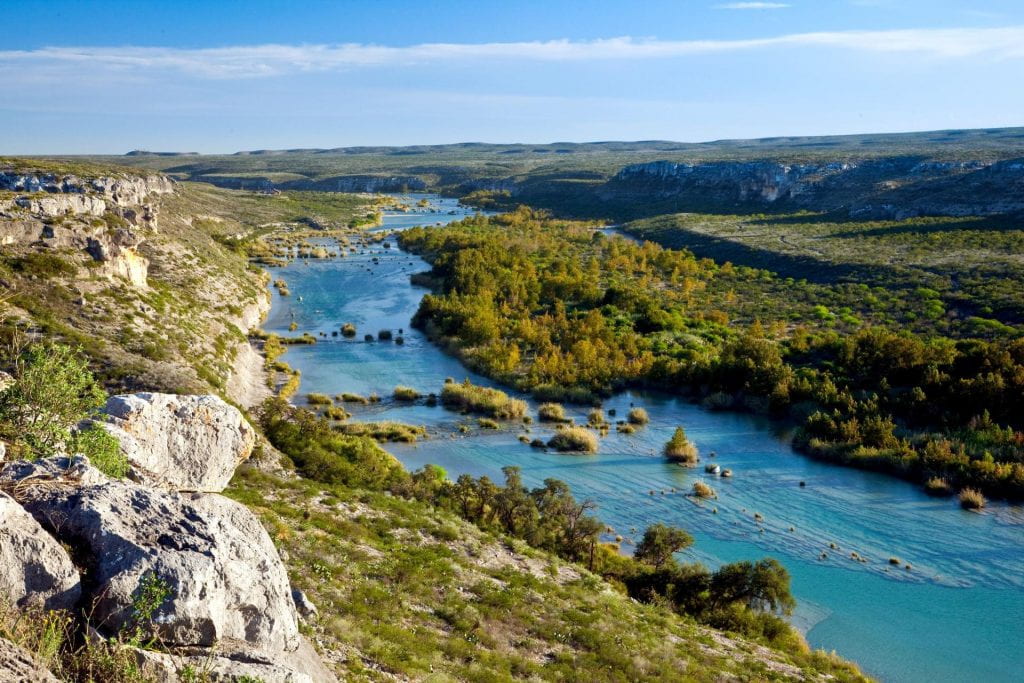With 38 public universities and 35 private colleges and universities in the state and many more across the country (and the world) interested in Texas, there’s a great deal of academic scholarship focused on water in the Lone Star State. In this column, I provide brief summaries to several recent academic publications on water in Texas.

Let’s start thinking about water!
Hurricane Harvey Caused Unprecedented Freshwater Inflow to Galveston Bay
As we all know, Harvey dropped a record amount of rainfall on the greater-Houston area causing historic flooding. Most of that water ultimately found its way back into the Gulf of Mexico through Galveston Bay. Thyng and others took a close look at what that influx of water meant for the bay, and it’s rather amazing.

Salinity near the mouth of the San Jacinto River fell from 15,000 ppm to near zero in 1.5 days after the storm made landfall, and the entire bay went fresh in 3.6 days and stayed fresh for more than three days. In all, 14 million acre-feet of water flowed into Galveston Bay, about five times its total volume. This influx of fresh water decimated oyster beds in the bay, which are still slowly recovering. In addition, flood flows brought 18 years of sediment into the bay.
Citation
Thyng, K.M., Hetland, R.D., Socolofsky, S.A., Fernando, N., Turner, E.L., and Schoenbaechler, C., 2020, Hurricane Harvey caused unprecedented freshwater inflow to Galveston Bay: Estuaries and Coasts, https://doi.org/10.1007/s12237-020-00800-6
Spring Discharge and Thermal Regime Of a Groundwater Dependent Ecosystem in an Arid Karst Environment
Springflow is often a critical component of flow in Texas streams that support ecosystems adapted to the characteristics of that flow. Caldwell and others studied temperatures and discharge above and below the Finegan Spring Complex which empties into the Devils River.
They found that the springs contribute about 40 percent of total river flow and cool the river in the summer and warm it in the winter for about 650 feet downstream. After correlating streamflow temperatures with air and soil temperatures and extending the period of record back 30 years, they were able to show that springflows increased in temperature at 0.12°C per decade as air and soil increased 0.35 °C and 0.30 °C per decade, respectively, thus shrinking the spring-fed thermal refugia of the ecosystem.

Citation
Caldwell, T.G., Wolaver, B.D., Bongiovanni, T., Pierre, J.P., Robertson, S., Abolt, C., and Scanlon, B.R., 2020, Spring Discharge And Thermal Regime Of A Groundwater Dependent Ecosystem In An Arid Karst Environment: Journal of Hydrology, https://doi.org/10.1016/j.jhydrol.2020.124947
Measuring Plastic Pellet (Nurdle) Abundance on Shorelines Throughout the Gulf of Mexico Using Citizen Scientists: Establishing a Platform for Policy-Relevant Research
I couldn’t help but imagine the frat rats of Alpha Beta from the movie “Revenge of Nerds” yelling “Nurdles!!!” while I read this paper. I’m not sure why the small plastic pellets later melted to make plastic stuff are called nurdles (and neither is the internet, it seems), but after millions of them appeared on the beaches of Corpus Christi in 2018, the Mission-Aransas National Estuarine Research Reserve created a citizen science project called “Nurdle Patrol” to collect nurdles across the Gulf Coast.
In all, 744 citizen scientists (can we call them Nurdle Deputies?) conducted over 2,000 nurdle surveys from Florida down to Mexico. The surveys suggest that Texas, particularly the Houston-Galveston area, is a hot bed of nurdle intensity with all 20 of the highest standardized nurdle counts occurring in the Lone Star State. The highest count of 30,846 nurdles collected in 10 minutes occurred in Galveston Bay.
Citation
Tunnell, J.W., Dunning, K.H., Scheef, L.P., and Swanson, K.M., 2020, Measuring plastic pellet (nurdle) abundance on shorelines throughout the Gulf of Mexico using citizen scientists—Establishing a platform for policy-relevant research: Marine Pollution Bulletin, https://doi.org/10.1016/j.marpolbul.2019.110794
Stream and Spring Water Evolution in a Rapidly Urbanizing Watershed
Urbanization affects local water resources, including groundwater through irrigation and leaking infrastructure. Beal and others used strontium isotopes to assess how municipal supplies and wastewater affect stream and spring waters in Austin’s Bull Creek. The isotopic data and geochemical modeling indicate that water in the urban environment is 50 to 95 percent sourced from municipal water, suggesting that the municipal water dominates the geochemistry of urban watersheds.
Citation
Beal, L., Senison, J., Banner, J., Musgrove, M., Yazbek, L., Bendik, N., Herrington, C., and Reyes, D., 2020, Stream and spring water evolution in a rapidly urbanizing watershed, Austin, TX: Water Resources Research, https://doi.org/10.1029/2019WR025623
Trends in Snakebites Related to Texas Tropical Storms and Hurricanes
Conventional wisdom says that you are more likely to be bitten by a snake after a tropical storm makes landfall than before, the logic being that flooding brings the snakes out, increasing the likelihood of human contact (cue Samuel L. Jackson).
The logic seems logical: more water, more snakes, more snakebites. But what does the data show?

Schulte and others investigated 11 named tropical systems that struck Texas between 2000 and 2017 and identified 2,037 reported snakebites in the 30 days before and after the storms made landfall. They found that men were most likely to get bitten (60 percent) and that victims were on average about 33.6 years old. Most bites were from copperheads (47 percent) with rattlesnakes coming in second (26 percent). And they found no difference in the occurrence of snakebites before or after tropical systems hit Texas.
Citation
Schulte, J., Haynes, A., Smith, E.A., Fleming, J., Kleinschmidt, K., and Roth, B., 2020, Trends in snakebites related to Texas tropical storms and hurricanes, 2000-2017: Wilderness & Environmental Medicine, joann.schulte@houstontx.gov
Join Our Mailing List
Subscribe to Texas+Water and stay updated on the spectrum of Texas water issues including science, policy, and law.

